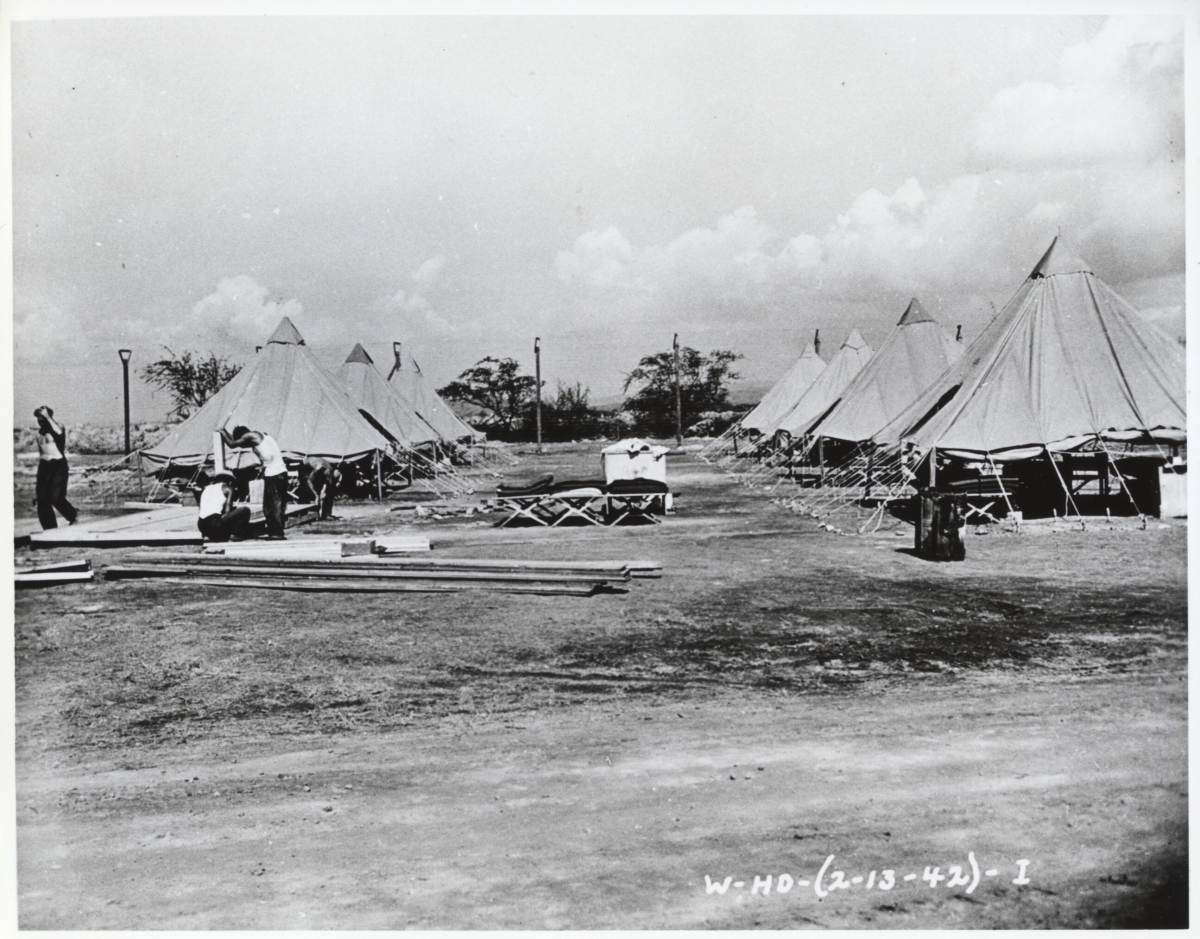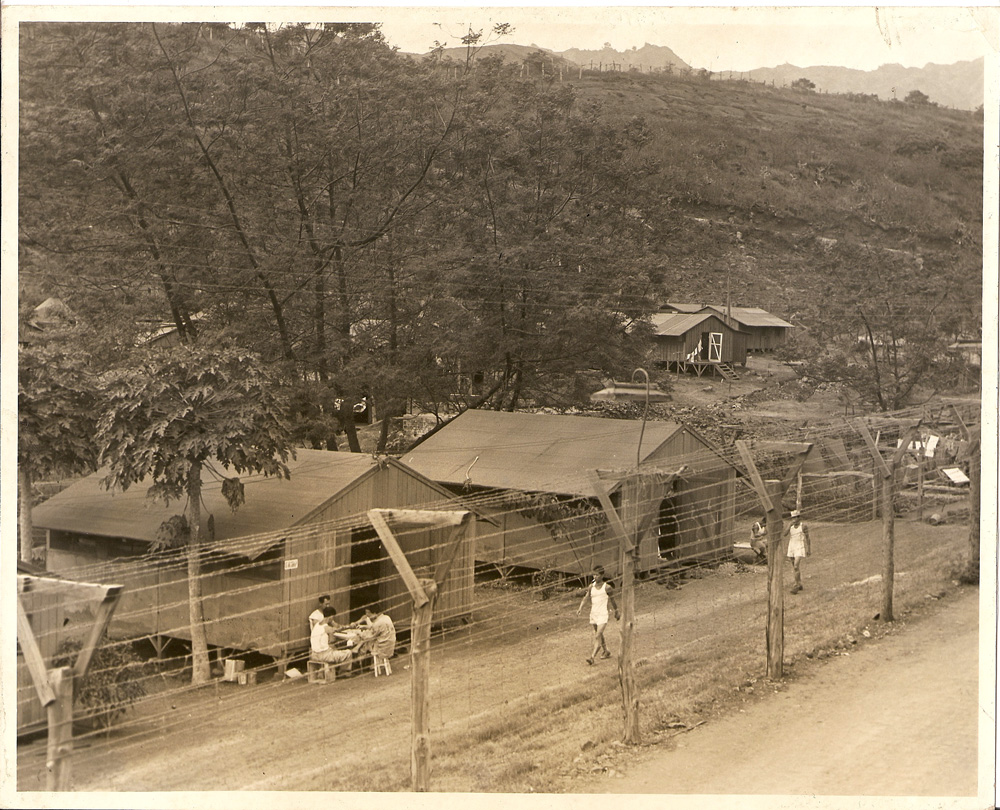The Untold Story

“Today, so many people take freedom and family for advantage. They don’t understand how important it is until it’s really gone.” — quote from student studying the internment.
In the early 20th century, as Japan increasingly became a military threat, suspicions toward people of Japanese ancestry began to escalate in the United States. Such paranoia over national security led to an anti-Japanese movement that was particularly palpable in Hawai‘i.
The Hawaiian Islands were long regarded as a key military outpost, and with large numbers of Japanese laborers migrating here after 1885, the government had secretly drafted preemptive lists to allow authorities to make quick arrests of hundreds of local Japanese in the event of war with Japan. By 1920, more than 40 percent of Hawai‘i's population were of Japanese ancestry, and the fear was that local Japanese had too much economic and political control in the islands and needed to be carefully watched.
Pearl Harbor became the catalyst

Within hours after the Pearl Harbor attack on December 7, 1941, people of Japanese ancestry in Hawai‘i were selectively rounded up, arrested and kept in holding cells and local jails before being transferred to camps across the islands. Mainly male leaders of the immigrant community, a handful of women and some Nisei, as well as about 100 local Germans and Italians, were interned. This abrupt aftermath diminished the quality of life for many local Japanese, stripping dignity and separating families. Children often had minimal contact with their fathers, and many people didn't even know if their loved ones were alive long after they were taken away.
The internment camps
The Sand Island camp housed internees in tents for six months before barracks were built. In February 1942, the Army and Justice departments moved internees at Sand Island to camps on the Mainland, with family members of interned men given the option to join voluntarily. More than 1,000 wives and children decided to follow their loved ones rather than be separated, but ended up even further displaced at camps in Texas, California and Arkansas.
The Honouliuli internment camp opened on March, 1, 1943 in a gulch in Central Oʻahu, becoming one of at least five sites to house local Japanese, who weren't accused or convicted of specific crimes, yet were still detained by the U.S. government. Armed guards patrolled 160 acres of the Honouliuli camp, which was also lined with double barbed-wire fences and guard towers. It was built to hold 3,000 people, but at its peak, the population reached 3,200.

The legacy
Most internees were detained throughout the war, while many were shuffled against their will to Mainland camps. On the West Coast, approximately 120,000 people were incarcerated. Approximately 1,330 Japanese from Hawai‘i were interned.
Throughout the ordeal, the Japanese community remained fearful, anxious and discouraged. Because engaging in Japanese cultural activities became a sign of disloyalty, many traditions were suppressed, and this would ripple through generations.
Even after the war, the injustice of neglected civil liberties has not been forgotten. From movements in the 1970s seeking reparations for internment, pilgrimages to former sites, to the passage of the Civil Liberties Act of 1988, surviving former internees finally received apologies for their duress. Days of Remembrance also led to annual commemorations that brought communities in the United States together in remembrance.
Yet despite these efforts, the events that unfolded during this area often go untold. As a dark period in U.S. history, it may seem desirable to move on from this past. But it's important to preserve this history for younger generations and to document it as thoroughly as possible to prevent similar discriminatory acts from happening again.
